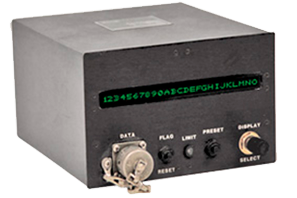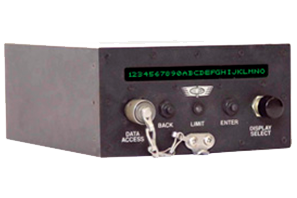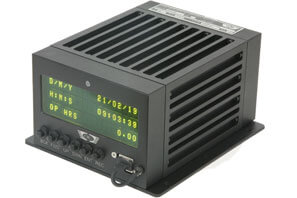H384, H484 & H598 Series Airborne Engine Monitors
A vital component of condition-based maintenance, our health and usage monitoring systems monitor critical engine parameters to reduce operating and maintenance costs.
A vital component of condition-based maintenance, our health and usage monitoring systems monitor critical engine parameters to reduce operating and maintenance costs.



A vital component of condition-based maintenance, Howell’s health and usage monitoring systems help flight crews:
Parameters include:
Our monitors retrieve and process data in several ways:
Trend data can be recorded manually or automatically during flight. The monitor records all relevant parameters along with the date and time. The data can be formatted for use with an engine manufacturer’s approved software or with Howell’s own patented trend software programs.
Monitors detect an exceedance and record the time of the event, its duration, peak value, values of related parameters, and if applicable, the maintenance level required based on severity. Monitors can also recall related parameter values leading up to the event from a buffer. These values are stored in memory and assist in post flight analysis of the exceedance. An output signal to a cockpit advisory or warning panel is also available.
Monitors record profile data by two methods: Timed Recording Mode or Profile All Mode.
| H484 | H384 & H598 | |
| Dimensions | 3.00” H x 6.00” W x 7.16” D | 3.75” H x 5.75” W x 6.50” D |
| Weight | 4 lbs | 4 lbs |
| Processor | 32 BIT RISC | 32 BIT RISC |
| Input Power | 14 to 40 VDC, 50W | 14 to 40 VDC, 50W |
| Operating Range | -40 to 70 °C | -40 to 70 °C |
| Frequency Inputs | 5@ 3.5 to 30,000 Hz | 5@ 3.5 to 30,000 Hz |
| Thermocouples | 2 ANSI Type K | 8 ANSI Type K |
| RTD Inputs | 2 | 3 |
| Discrete Inputs | 6@ 0 to 28 VDC | 16@ 0 to 28 VDC |
| High Level Inputs | 3@ ±30 VDC | 12@ ±30 VDC |
| Discrete Outputs | 2@ 28 VDC, 1 Amp | 4@ 28 VDC, 1 Amp |
| Serial Interface | USB/RS-232 | RS-232 |